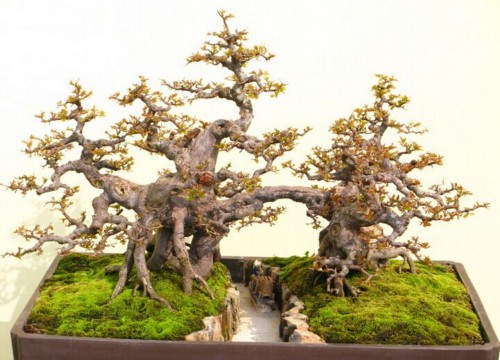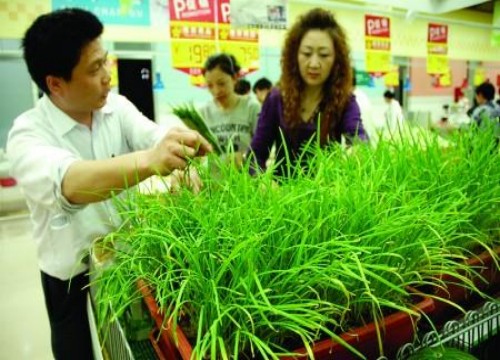Tang pear-- one of the main deciduous fruit trees for bonsai production
Tang pear is one of the main deciduous fruit trees suitable for bonsai, and there are many excellent varieties. Use it to make bonsai, admire flowers in spring, view leaves in summer, and eat fruit in autumn, and after falling leaves in winter, the gray-black cracked rough trunk shows more rugged, simple and natural characteristics, full of vigorous short fruit branches, such as chicken feet anchor hook hanging upside down, full of flavor.

Tang pear has developed root system, strong growth, easy to bear fruit and long life. It has strong adaptability to climate and environment, likes light and fertilizer, but can also tolerate poor hemorrhoids, drought and cold, and is not strict with soil, environment and other natural conditions.
The pot culture is especially good for the neutral loam which is loose and fertile and rich in humus with a pH value of about 5-8. Tang pear is suitable for making bonsai in many forms, such as direct dry type, oblique dry type, curved dry type, double dry type, facing water type and so on. But the blade is larger, it is not suitable to tie it into pieces, it is more appropriate to use natural shape.
When selecting the bonsai material of Tang pear, the pile head can be selected and grafted with wild Tang pear and other pear rootstocks in late autumn and early winter.
Time: 2019-05-25 Click:
- Prev

Bonsai leek that can be eaten and enjoyed
When it comes to leeks, people will think that they can make stuffing and scramble eggs. Recently, leeks were invited into flowerpots in Beisha Town, Wanquan County. Now more and more agricultural products jump out of the traditional production and management mode and are injected with cultural creativity. It has been transformed into bonsai leeks with rich cultural connotations, which can be watched in the living room.
- Next

Why potted flowers don't bloom and drop buds
1. No pruning during the growing period, no pruning during the growing period, which not only affects beauty, but also consumes a lot of nutrients, affects the formation of flower buds, resulting in non-flowering or less flowering. 2. The light temperature is not suitable because the origin of flowers is different, so the ecological habits are different. Some like light and heat. Some like semi-yin; some like warmth.
Related
- Fuxing push coffee new agricultural production and marketing class: lack of small-scale processing plants
- Jujube rice field leisure farm deep ploughing Yilan for five years to create a space for organic food and play
- Nongyu Farm-A trial of organic papaya for brave women with advanced technology
- Four points for attention in the prevention and control of diseases and insect pests of edible fungi
- How to add nutrient solution to Edible Fungi
- Is there any good way to control edible fungus mites?
- Open Inoculation Technology of Edible Fungi
- Is there any clever way to use fertilizer for edible fungus in winter?
- What agents are used to kill the pathogens of edible fungi in the mushroom shed?
- Rapid drying of Edible Fungi

